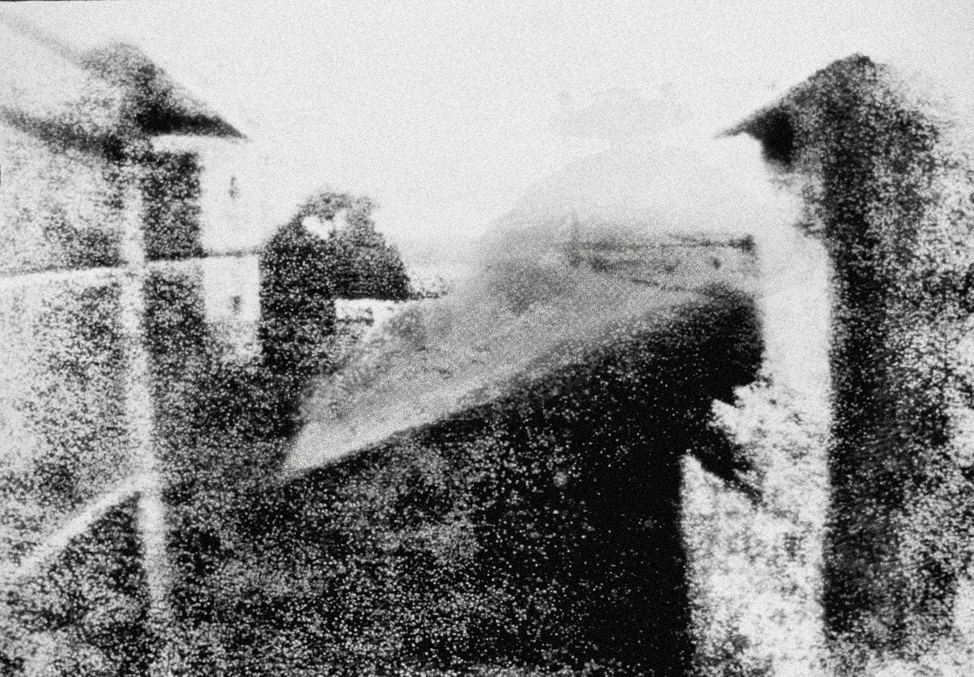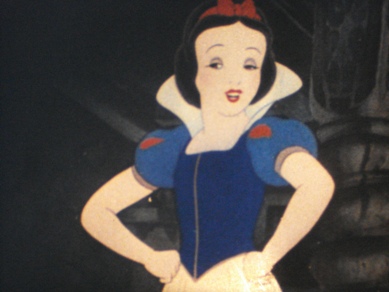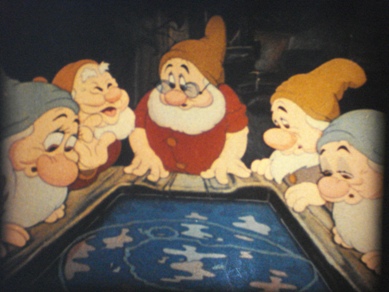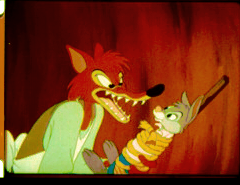- Post
- #645344
- Topic
- Song Of The South - many projects, much info & discussion thread (Released)
- Link
- https://originaltrilogy.com/post/id/645344/action/topic#645344
- Time
Spaced Ranger said:
@ poita & ww12345 - Thanks! Shortcomings aside, I was surprised, but pleased, this had the most color-fullness depth thus far.
The correction at this stage is something of a compromise -- fox's mint-green shirt color area overlaps that of girl's white lace. The more the lace goes to neutral, the more the shirt moves away from green. Since the mint-green is a spike of color, it might be tolerable to keep a lesser strength of it, in it's narrow area, as long as surrounding areas are more on-color.
I'm trying to duplicate in Curves (for the R-G-B separations) what the paint program tools added. BTW, is that necessary for me to do, or can you use your similar-function tools on it?
In the meantime, I'll work up & post my previous step-by-step numbers in case those become helpful recreating it in your software.
P.S. I mis-numbered the pictures in my previous post, which are now rearranged to be in the correct sequence with the corresponding text. :)
Doing secondaries is exactly that, working on 'spot areas' of colour by isolating them out and working on them alone. So working on just the fox's shirt is quite acceptable and standard procedure. Getting an overall change for the entire reel that minimises the amount of secondary colour correction required is a massive timesaver. The numbers are very useful, it is easy to use them as a reference for correcting in Davinci where we can access the curves directly and apply them overall or just to qualified regions.
What you are doing is very valuable, it takes what would be a year's worth of colour corrections and brings it down to a few month's worth instead.
And yes it is best to work in YRGB or ACES colour space at 32bit whenever possible. A good overview of Davinci and colourspace relationships is here:
http://www.youtube.com/watch?feature=player_embedded&v=JVoUgR6bhBc
Oh and support Jesse's film if you can!



